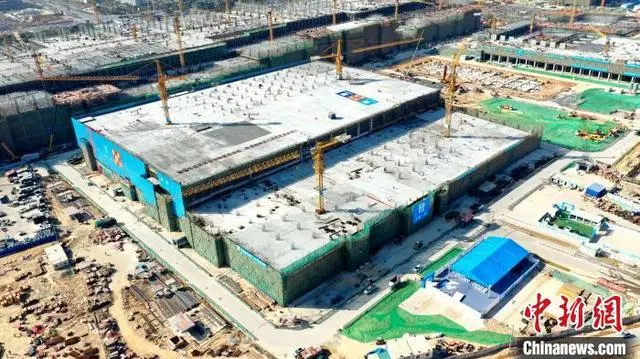Capped in Xiamen
This is somewhat typical in the construction of the physical plant for display projects in China, and we give credit where due, as they tend to finish such construction projects on or before schedule, but rarely are the bottlenecks that cause problems at display fabs caused by the physical nature of the structure, but more so the ‘tuning’ of the line, which requires considerable expertise in the operation and coordination of a vast array of equipment, which can hold back a fab from profitability for many months, which can easily offset any timeline gains made during construction. Again, we give credit to Tianma’s sub-contractor for staying ahead of schedule, but it means little to the aggressive production goals the company has set for itself this year.
Despite the early Xiamen fab capping, the fab is not expected to be in production until mid to late 2022. Based on our calculations, if Tianma were to convert all of its rigid OLED capacity to flexible as of January 1 2021 (certainly not realistic), and produced at a 75% yield, they would just barely be able to hit 40m units. Slightly more realistically, if they were able to convert the Wuhan fab to all flexible production on Jan. 1 of this year, they could just barely hit 20m flexible panels. Since we expect the conversion to take far longer, we find it almost impossible for Tianma to reach such aggressive goals. Of course, there is one way a high unit count could be produced and that is by producing smaller displays, such as watch size, as roughly 15 times the number of watch displays can be cut from the same size panel as standard 6” smartphone displays. As we stated in our earlier note, we expect Tianma to produce between 7m and 8m units this year. Given the potential for a slightly earlier production start, we could see an additional .5m units, but much would depend on equipment delivery schedules and yield. We look at devices shipped to customers, not un-yielded production.

 RSS Feed
RSS Feed